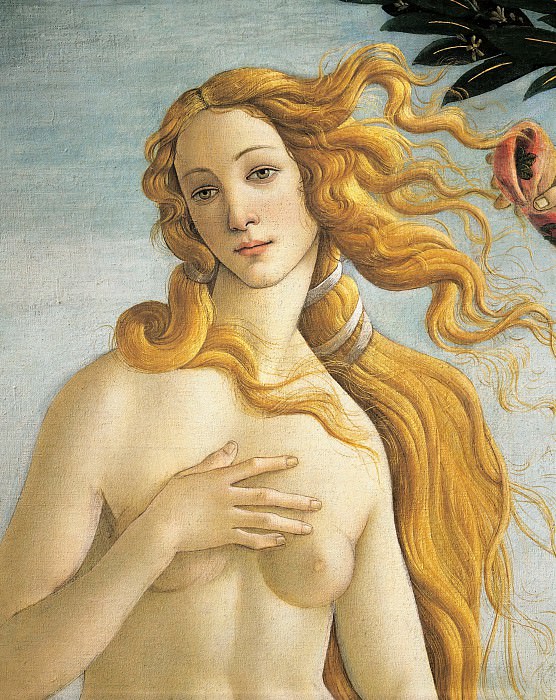Piet Mondrian: Master of Abstract Art
Early Life and Influences
Piet Mondrian, born on March 7, 1872, in Amersfoort, Netherlands, is one of the most influential artists of the 20th century. His early life was steeped in art, with his father and uncle both being accomplished artists. This environment fostered his initial interest in drawing and painting. Mondrian's formal art education began at the Rijksakademie van Beeldende Kunsten in Amsterdam, where he studied traditional techniques and was deeply influenced by the prevailing styles of the time, including realism and impressionism.
Evolution of Style
Mondrian's early works reflect a traditional approach, characterized by landscapes and still lifes. However, as he matured, his style began to evolve. Around 1908, influenced by theosophy and his interest in spiritualism, Mondrian started to experiment with color and form. This period marked his transition from representational art to more abstract forms. He became particularly interested in the works of Vincent van Gogh and Georges Seurat, whose use of color and divisionism inspired Mondrian to explore new artistic directions.
The Move to Abstraction
The shift towards abstraction became more pronounced during Mondrian's time in Paris from 1911 to 1914. There, he was exposed to the cubist works of Pablo Picasso and Georges Braque. This exposure significantly impacted his artistic development, leading him to further simplify forms and focus on geometric shapes. Mondrian's works from this period, such as "The Gray Tree" and "Apple Tree in Bloom," show a clear departure from naturalistic representation towards abstraction.
De Stijl Movement
In 1917, Mondrian co-founded the De Stijl movement with fellow Dutch artist Theo van Doesburg. De Stijl, which means "The Style" in Dutch, advocated for pure abstraction and universality by reducing art to its essential forms and colors. The movement was characterized by the use of straight lines, right angles, primary colors (red, blue, yellow), and non-colors (black, white, gray). Mondrian's philosophy of "neoplasticism," which he detailed in his writings, aimed to express a new utopian ideal of harmony and order.
Iconic Works
Mondrian's most iconic works emerged from his commitment to neoplasticism. "Composition with Red, Blue, and Yellow" is perhaps his most famous piece, epitomizing his quest for pure abstraction and balance. The painting features a grid of vertical and horizontal black lines with blocks of primary colors and white space. This composition exemplifies Mondrian's belief in the dynamic equilibrium of form and color.
Influence on Architecture and Design
Mondrian's influence extended beyond painting into architecture and design. His principles of simplicity, harmony, and balance resonated with architects and designers who sought to create functional and aesthetically pleasing spaces. The De Stijl movement, and Mondrian's work in particular, had a significant impact on the Bauhaus school and modernist architecture. Buildings and interiors inspired by Mondrian's art are characterized by clean lines, open spaces, and the use of primary colors to create visual interest.
Later Years and Legacy
In 1940, Mondrian moved to New York City, where he continued to develop his style. His later works, such as "Broadway Boogie Woogie" and "Victory Boogie Woogie," reflect the energy and dynamism of the city. These paintings are marked by a departure from the strict grid system, incorporating smaller blocks of color and a more complex arrangement of lines.
Mondrian's influence on art, architecture, and design is profound. His commitment to abstraction and his exploration of form and color have inspired countless artists and designers. Mondrian's legacy is evident in the continued relevance of his work and the ongoing appreciation of his contributions to modern art.
The Philosophy Behind the Art
Mondrian's journey towards abstraction was not merely an aesthetic pursuit but also a philosophical one. He was deeply influenced by theosophy, a spiritual movement that sought to understand the divine nature of the universe. This influence is evident in Mondrian's writings, where he articulated his belief in the underlying order and harmony of the cosmos. He saw art as a means to express this universal harmony, reducing forms to their essence and using color to convey balance.
The New York Period
Mondrian's relocation to New York City marked a significant phase in his career. The bustling metropolis, with its grid-like streets and vibrant energy, resonated with his artistic sensibilities. In New York, Mondrian created some of his most dynamic works, such as "Broadway Boogie Woogie." This painting, inspired by the city's jazz music and rhythm, showcases a departure from his earlier, more rigid compositions. The piece is filled with small, pulsating squares of color, capturing the vitality of urban life.
Mondrian's Impact on Modernism
Mondrian's influence on modernism extends beyond his paintings. His ideas and visual language have permeated various aspects of contemporary culture. Designers in fashion, graphic design, and industrial design have drawn inspiration from his geometric compositions and use of primary colors. Mondrian's aesthetic principles can be seen in everything from clothing and furniture to corporate logos and advertising.
Continuing Influence
Mondrian's work continues to inspire and challenge artists today. His exploration of abstraction and commitment to finding universal beauty through simplicity resonate with contemporary artists seeking to push the boundaries of visual art. Exhibitions of his work draw large audiences, and his paintings are celebrated as masterpieces of modern art. Mondrian's legacy is a testament to his vision and the enduring power of his artistic principles.
Conclusion
Piet Mondrian's journey from traditional landscapes to abstract compositions represents a profound evolution in the history of art. His dedication to abstraction, driven by a philosophical quest for universal harmony, has left an indelible mark on the art world. Mondrian's work transcends the canvas, influencing architecture, design, and various facets of modern culture. His legacy endures, inspiring new generations of artists to explore the possibilities of abstraction and the beauty of simplicity. Mondrian's art, with its timeless appeal and universal significance, remains a cornerstone of modernist aesthetics.
















